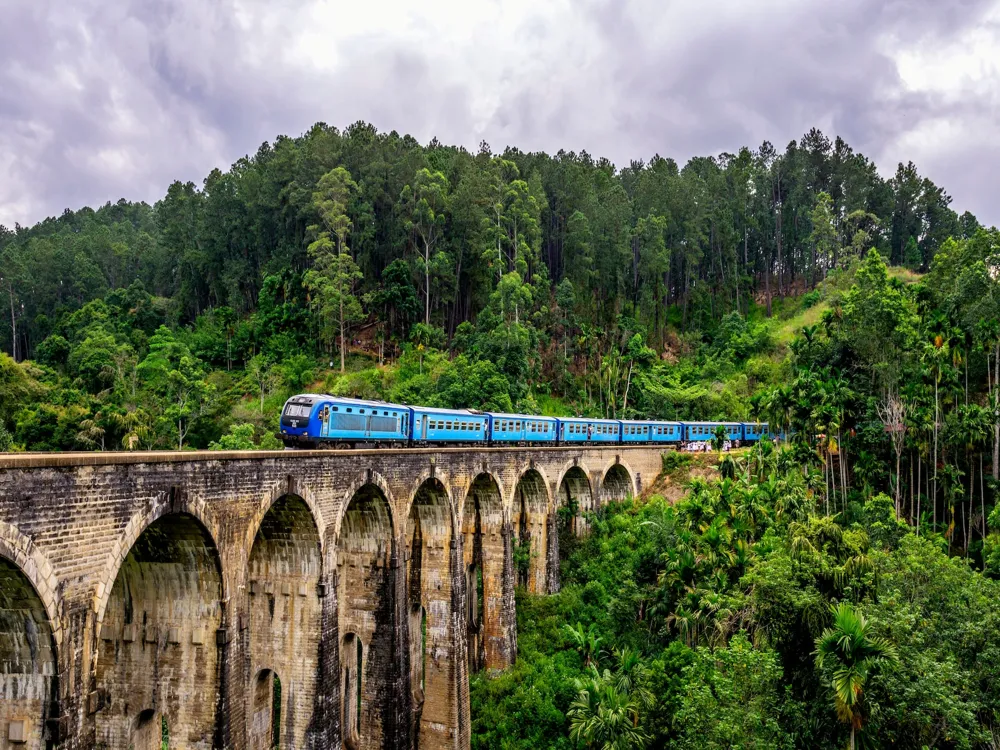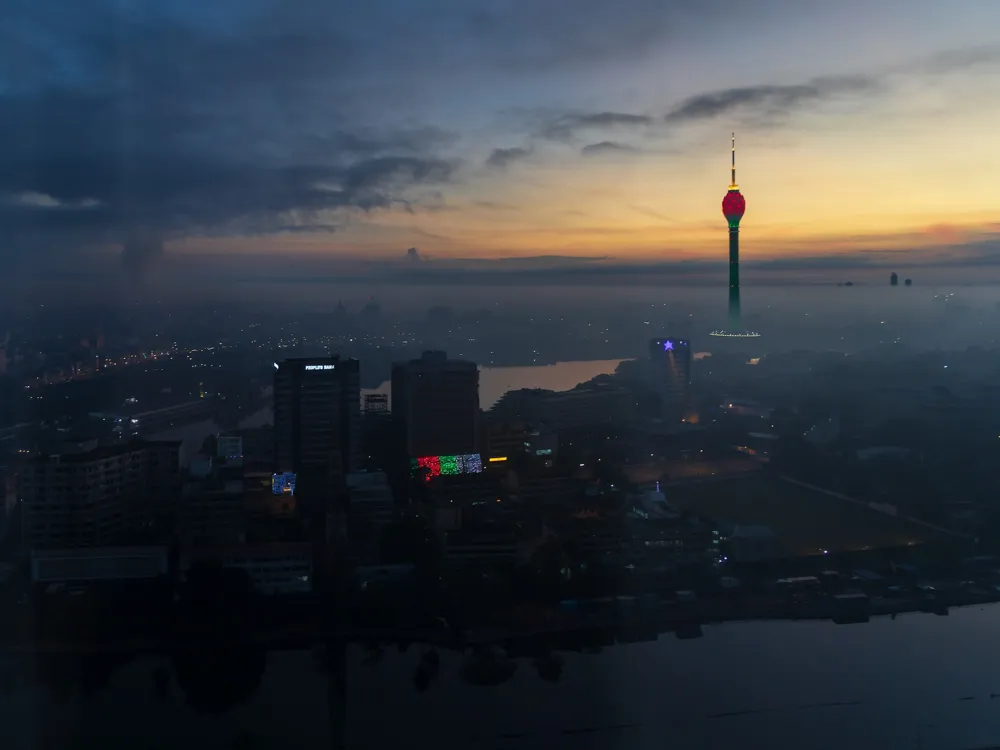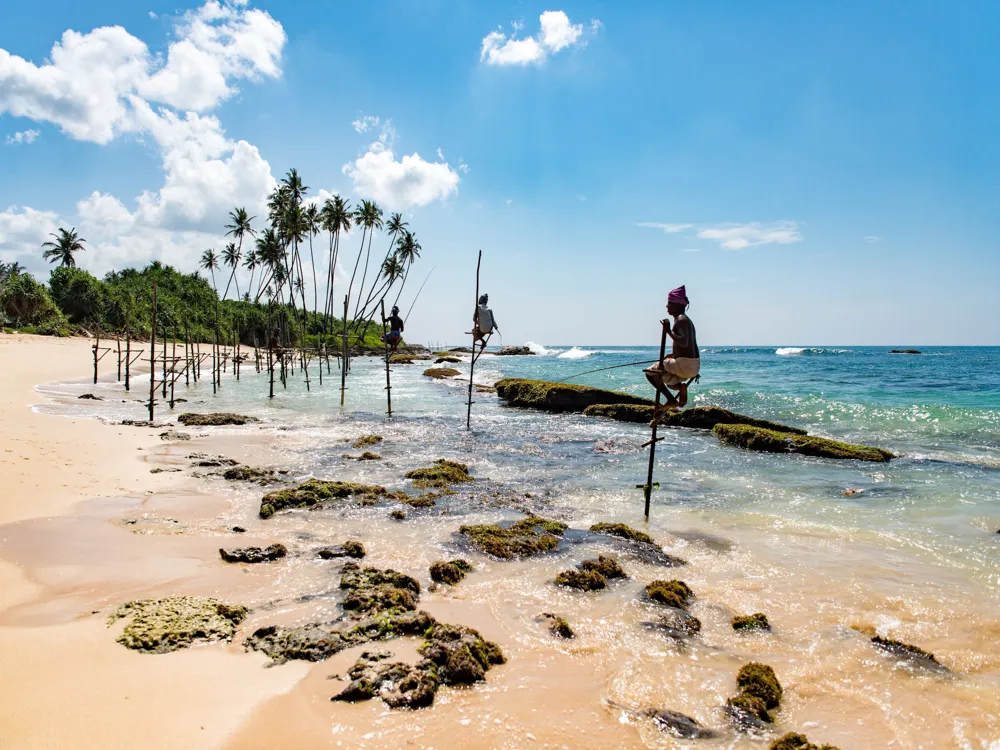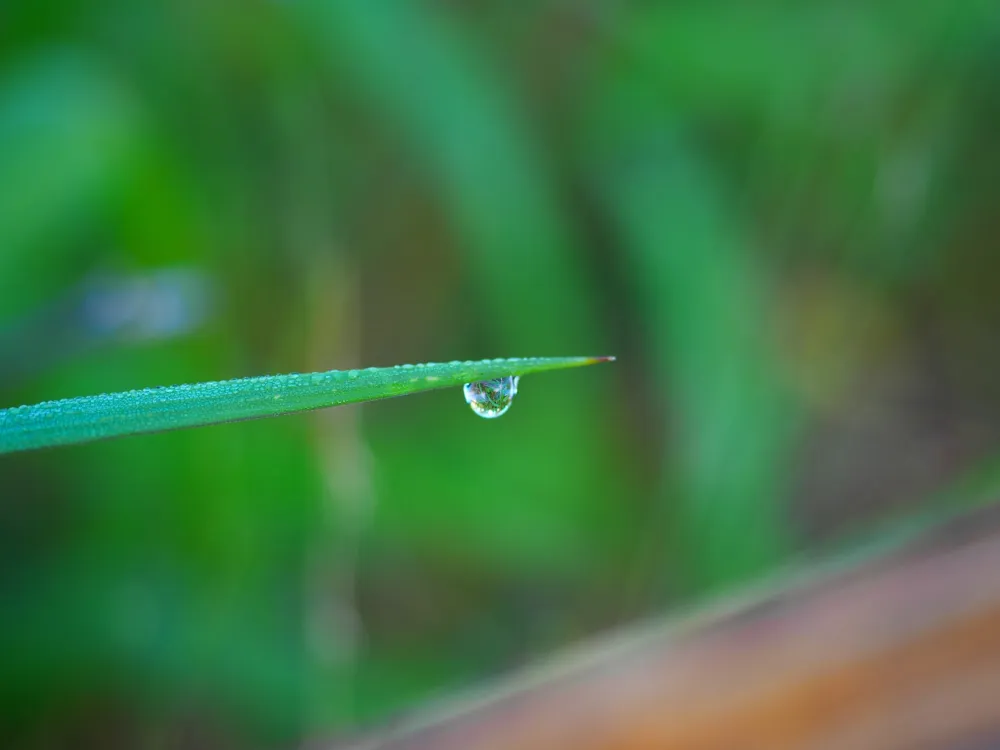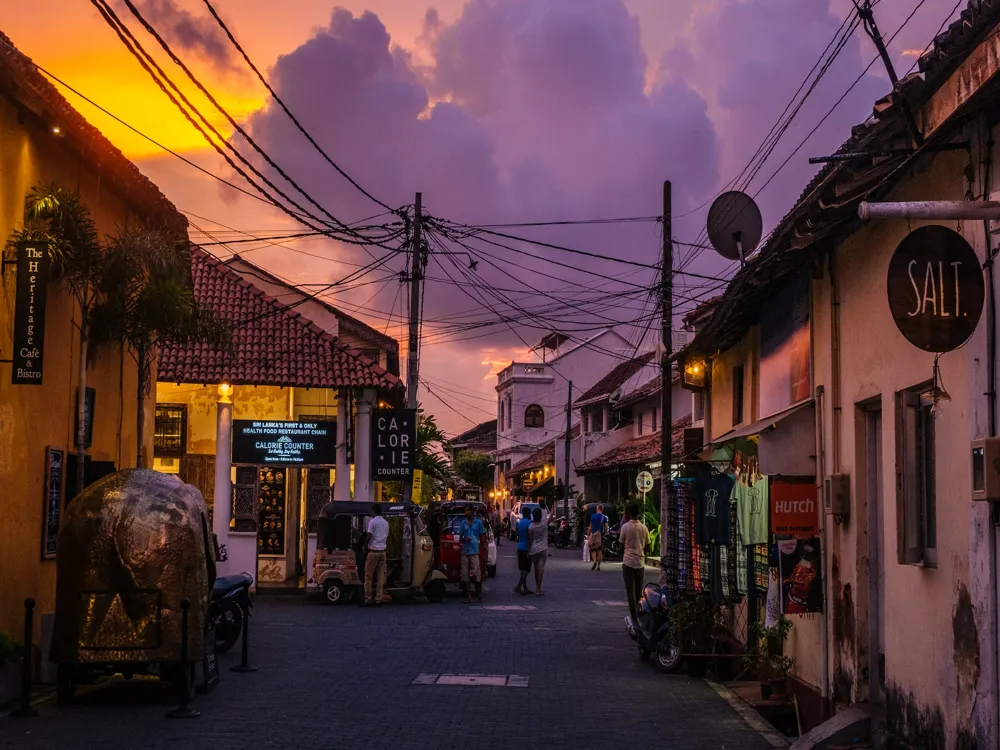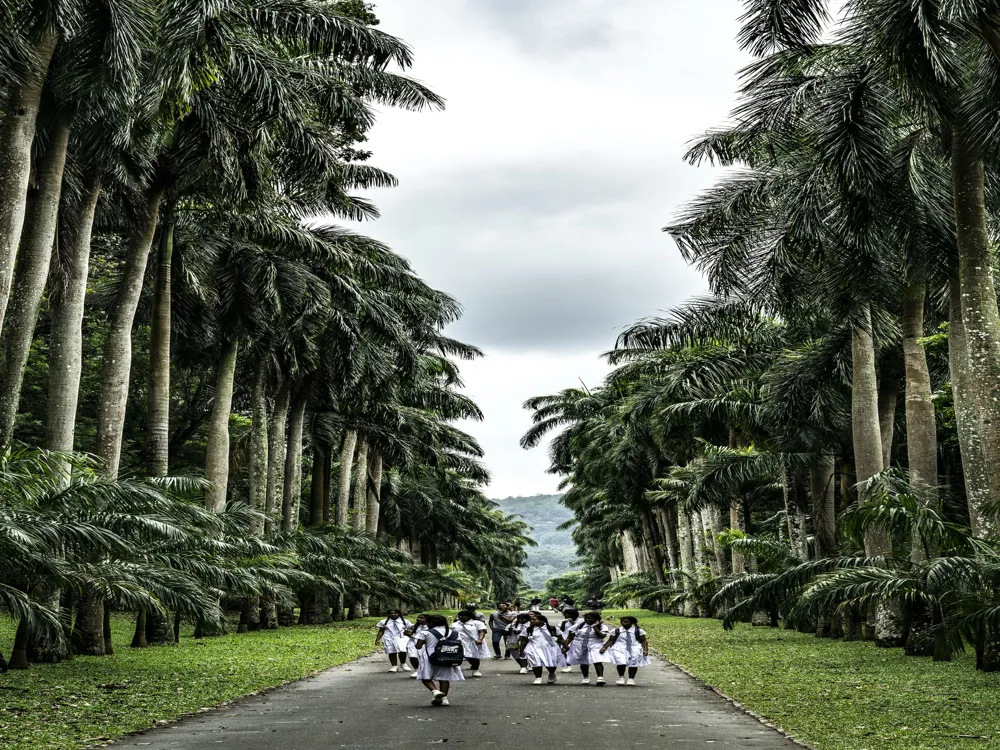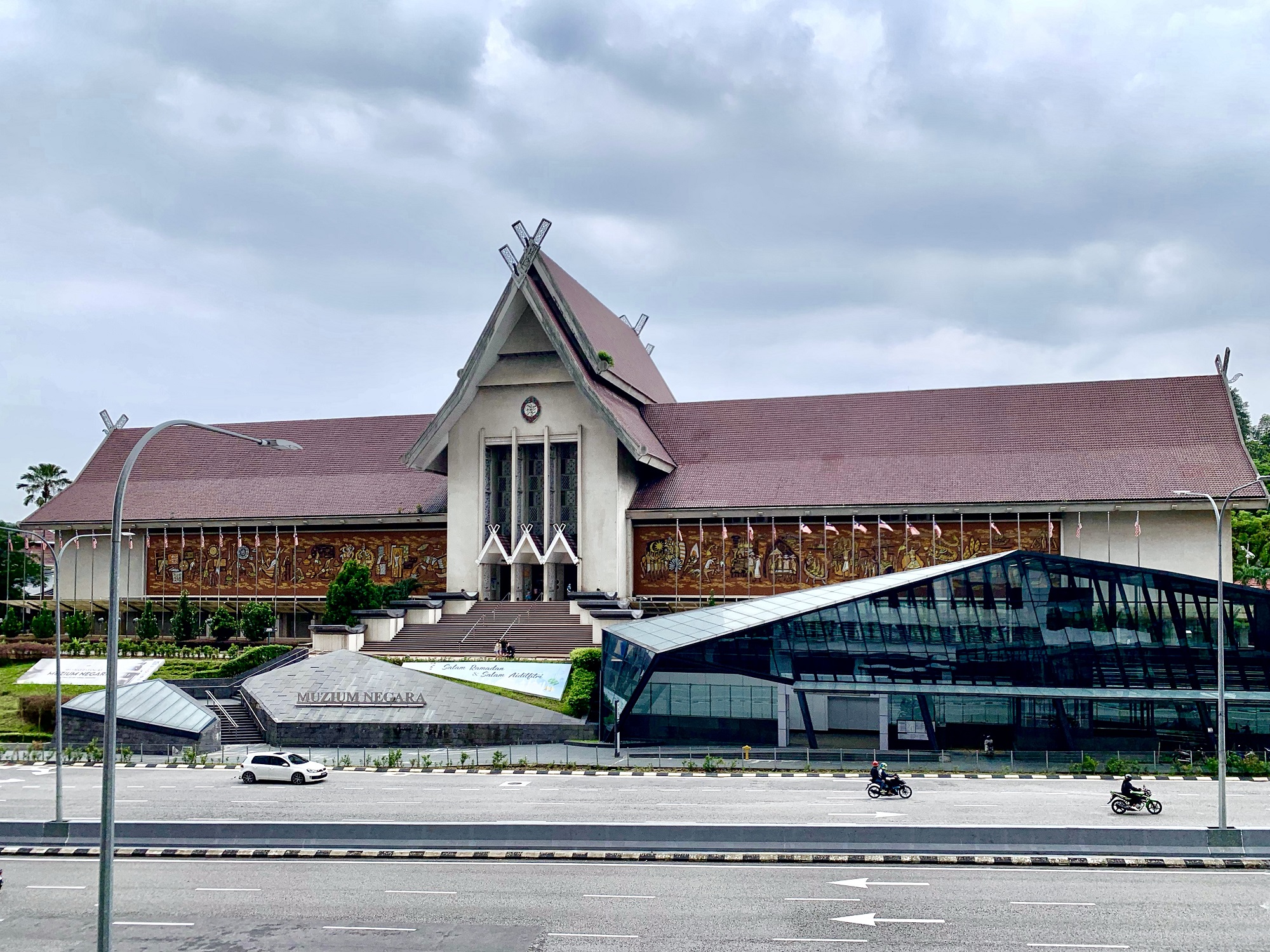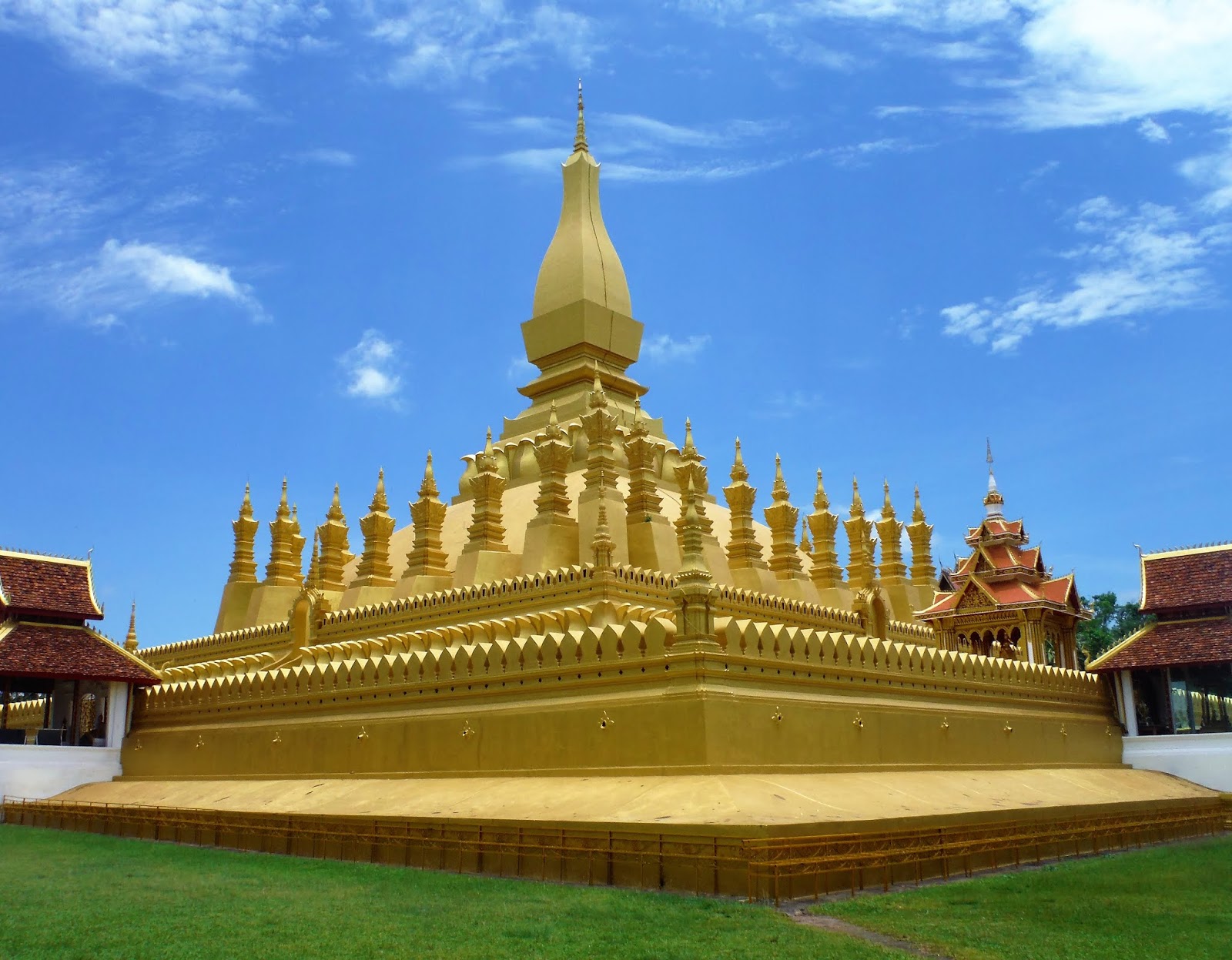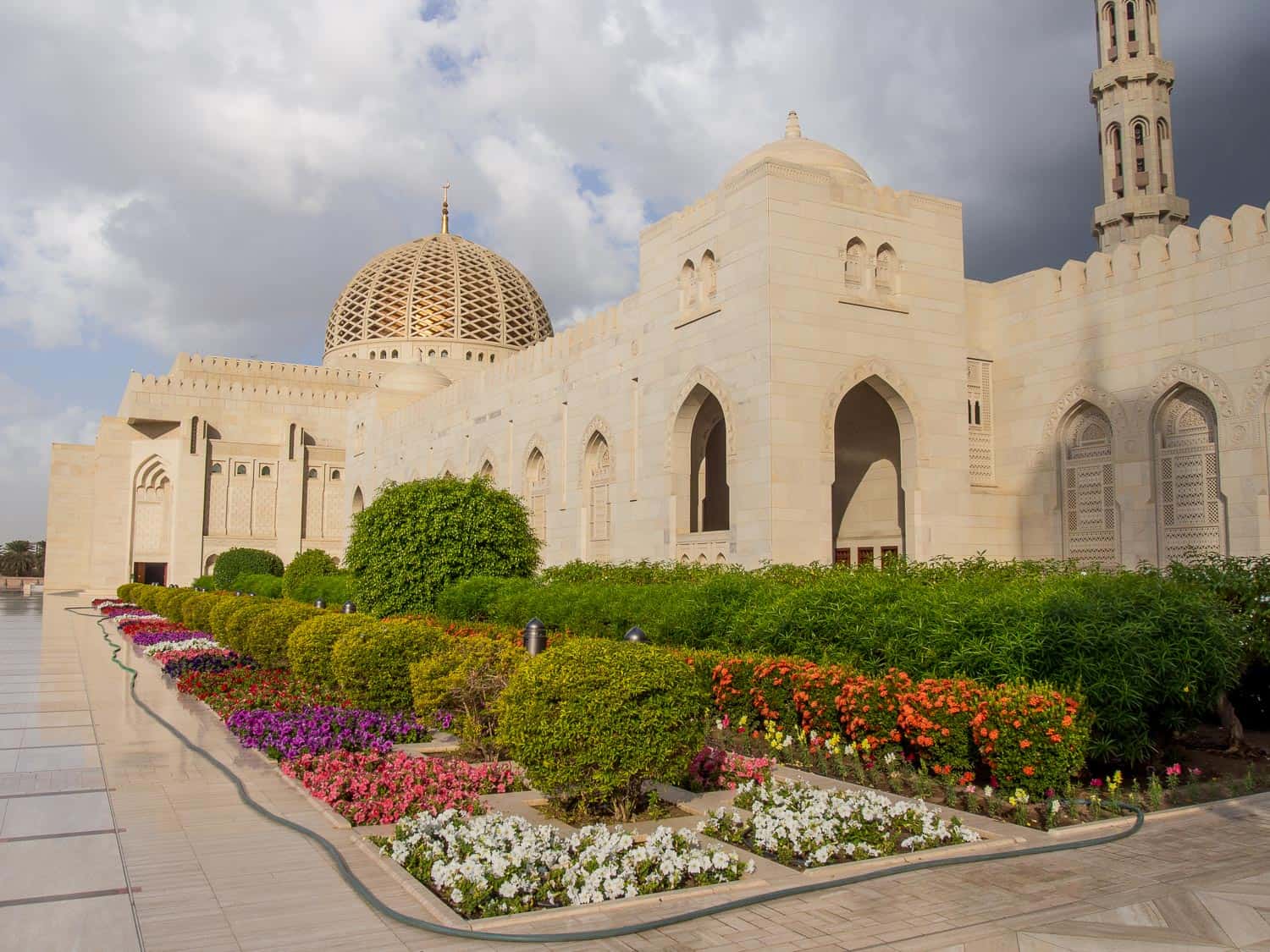What is the best time to visit Sri Lanka?
Sri Lanka, with its rich cultural tapestry and breathtaking landscapes, beckons travellers year-round. However, choosing the best time to visit is crucial for an optimal experience. This comprehensive guide breaks down the ideal times, shedding light on each season's unique charm. Thanks to a mix of meteorological systems that guarantee that one or more locations, together with a portion of the coastline, are statistically always anticipating sunlight, Sri Lanka is a year-round vacation destination.
While December through mid-April is often regarded as the ideal time to visit Sri Lanka, the east coast, which peaks from May to September, also benefits from the typical summer vacation months. The average annual temperature is rather consistent, with coastal areas seeing averages of 25–30°C and the highlands experiencing averages of 15–18°C. To have dry, sunny weather throughout the summer months of May through September, you should travel to the east and northern areas; the west and southwest coasts will be experiencing rain during this period. On the other hand, when the monsoon season strikes the east and north during the winter months of October through February, the west and southwest have good weather.
More about the Best Time to Travel to Sri Lanka
Travel Peak Season in Sri Lanka
Bold Decision for Optimal Adventure
Embark on a memorable journey during the peak season, spanning December to March. Sri Lanka, basking in mild temperatures, offers vibrant festivals and lush landscapes. Dive into the festivities, explore ancient ruins, and witness wildlife in full splendour.
-
December to March (Winter Peak):
- This period is considered the winter peak season in Sri Lanka.
- The weather is typically dry and pleasant, making it ideal for beach vacations and exploring cultural and historical sites.
- Popular tourist destinations, including Colombo, Kandy, Galle, and the cultural triangle, experience increased tourist arrivals.
-
July and August (Summer Peak):
- July and August mark the second peak season in Sri Lanka.
- During these months, the hill country and central regions experience milder temperatures, providing a respite from the coastal heat.
- The cultural triangle and national parks were popular destinations during this period.
-
Key Factors:
- Both peak seasons coincide with school holidays in many countries, contributing to increased family travel.
- Wildlife enthusiasts visit national parks during these months to witness the gathering of elephants in places like Minneriya National Park.
- Beach destinations such as Bentota, Mirissa, and Trincomalee are in high demand during the winter peak.
-
Festivals and Events:
- Cultural and religious festivals, such as the Esala Perahera in Kandy (usually in July or August), attract visitors looking to experience traditional Sri Lankan celebrations.
- Christmas and New Year celebrations in December also contribute to the winter peak.
-
Weather Considerations:
- During the peak seasons, most regions experience dry and sunny weather, allowing for a wide range of outdoor activities.
Travel off-season in Sri Lanka
Escape to Serenity
For those seeking tranquil and budget-friendly options, the offseason from April to November is ideal. While sporadic rains occur, the reduced crowds allow for intimate encounters with Sri Lanka's wonders. It's an excellent time for budget-conscious travellers.
-
April to June (inter-monsoon period):
- This period falls between the two primary monsoon seasons.
- The weather can be variable, with intermittent rainfall and relatively high humidity.
- Coastal areas in the south and west may experience occasional rain, while the north and east coasts are generally drier.
- While not as crowded as the peak seasons, some tourists visit during this time to take advantage of lower prices.
-
September to November (Second Inter-Monsoon Period):
- Similar to the April–June period, this time also sees intermittent rainfall.
- The central and northern regions may experience more rain compared to the south and west.
- This is considered a shoulder season, and travellers may find fewer crowds and potentially lower prices on accommodations.
-
Key Considerations:
- During the off-season, some beach destinations on the south and west coasts may experience rough seas and strong currents, making swimming less advisable.
- Inland areas and cultural sites, such as the cultural triangle and national parks, may still be suitable for exploration, with lush green landscapes.
- Wildlife enthusiasts may find this time appealing for bird watching and observing other fauna in their natural habitats.
-
Cultural and religious festivals:
- Sri Lanka hosts various cultural and religious festivals throughout the year. Travellers visiting during the off-season may have the opportunity to witness unique local celebrations.
-
Advantages:
- Lower accommodation prices and potential discounts on tours and activities.
- Quieter and less crowded tourist attractions provide a more serene experience.
Sri Lanka Weather in Winter (November – February)
Sri Lanka Weather in November
Balmy Beginnings
November marks the onset of winter, bringing pleasant temperatures and clear skies. It's an ideal time for beach lovers and cultural enthusiasts to explore without the peak-season hustle.
Sri Lanka Weather in December
Festive Delights
December invites you to festive celebrations and comfortable weather. Explore ancient ruins, indulge in water sports, or simply unwind on pristine beaches, enjoying the pleasant climate.
Sri Lanka Weather in January
Cultural Extravaganza
January boasts cultural festivities and optimal weather. Immerse yourself in local traditions, explore tea plantations, and marvel at the diverse landscapes under the gentle winter sun.
Sri Lanka Weather in February
Idyllic Escapes
February promises idyllic escapes with warm temperatures and minimal rainfall. Discover wildlife, trek through scenic trails, or rejuvenate at tranquil spas amid the serene winter ambiance.
Sri Lankan Weather in Summer (March to June)
Sri Lanka Weather in March
Blooms and Adventures
March introduces blooming landscapes and adventurous opportunities. Engage in water sports, explore national parks, and witness Sri Lanka's beauty in full bloom during this vibrant season.
Sri Lanka Weather in April
Serene Retreat
April offers a serene retreat with lush greenery and occasional showers. Experience the cultural richness, witness traditional celebrations, and relish the verdant beauty of Sri Lanka.
Sri Lanka Weather in May
Nature's Bounty
May presents nature's bounty with lush vegetation and off-peak tranquilly. Engage in nature walks, visit lesser-explored regions, and relish the verdant landscapes away from the crowds.
Sri Lanka Weather in June
Monsoon Prelude
June signals the onset of the monsoon season, bringing intermittent showers. While some regions flourish in greenery, others remain relatively dry. Explore diverse landscapes with fewer tourists during this transitional month.
Sri Lanka Weather in Monsoon (July – October)
Sri Lanka Weather in July
Rainforest Adventures
July beckons adventure enthusiasts with rainforest explorations. Experience the lush beauty, vibrant festivals, and unique wildlife sightings amid occasional showers.
Sri Lanka Weather in August
Cultural Immersions
August blends cultural immersions with sporadic rains. Engage in cultural festivals, witness traditional ceremonies, and explore the rain-kissed beauty of Sri Lanka.
Sri Lanka Weather in September
Offbeat Explorations
September offers offbeat explorations as the monsoon wanes. Discover hidden gems, enjoy pleasant temperatures, and indulge in outdoor activities amidst rejuvenated landscapes.
Sri Lanka Weather in October
Transitional Charms
October marks the transition from a monsoon to a dry spell. Enjoy the lush greenery, vibrant festivals, and uncrowded attractions as Sri Lanka prepares for the upcoming peak season.
Conclusion
In conclusion, Sri Lanka welcomes visitors throughout the year, with each season offering a distinct experience. Whether you prefer the vibrancy of festivals, the tranquilly of the offseason, or the lush beauty of the monsoon, there's a perfect time for everyone. Plan wisely, considering your preferences, and embark on an unforgettable journey through the diverse landscapes of Sri Lanka.
Tourist Places to Visit in Sri Lanka
Ella
Tucked into Badulla District, Ella is a charming laidback town drawing travellers to Sri Lanka's highlands with tea plantations, mountain jungles and a cool climate. At an elevation of 1,041 metres, this wildlife-rich townhouse friendly town has ancient caves, centuries-old secluded temples, and the...
Colombo
Discovered initially by traders two millennia ago, Colombo is Sri Lanka's largest economic corridor and tourist destination. As the island nation's capital city, Colombo is a cosmopolitan gateway to the wonders of Portuguese, Dutch and British colonial heritage, splendid tropical landscapes and dele...
Mirissa
Mirissa, nestled along the southern coast of Sri Lanka, is a picturesque and laid-back beach town that attracts travelers seeking sun, sand, and serenity. What was a faint old beach town has now risen to be one of the most popular surfing and whale-watching destinations in Sri Lanka. The beach ...
Yala National Park
Sprawled over 979 square kilometres, Yala National Park in southeast Sri Lanka is the nation’s largest and most-visited wildlife conservation zone. As Lanka’s oldest wildlife sanctuary, Yala shelters a vast area of unspoilt jungles, grassland and lagoons bordering the Indian Ocean, home to the highe...
Galle
Tucked into the southwest coast of Sri Lanka, Galle is a major city and UNESCO World Heritage Site. Blessed with imposing Dutch-colonial buildings, ancient churches and mosques, blond beaches, mansions and museums, quirky boutiques, and a convivial seaside promenade, Galle attracts locals, foreign t...
Kandy
Settled on a plateau encircled by lush mountains, Kandy is a large city in central Sri Lanka with biodiverse rainforests and tea plantations. Around 4 hours by road from Colombo, the city is famed for the Temple of the Tooth Relic, a UNESCO World Heritage Site and one of the most sacred Buddhist pla...
All Places to Visit In Sri Lanka
Faq
What is the best time to visit Sri Lanka?
The best time depends on your preferences. The peak season from December to March is ideal for festivals and vibrant activities, while the offseason from April to November offers tranquility and budget-friendly options.
Is monsoon season a bad time to visit Sri Lanka?
Not necessarily. July to October brings rain, but certain regions flourish in greenery, offering unique rainforest adventures and cultural immersions.
Can I visit Sri Lanka on a budget during the peak season?
Yes, it's possible. While the peak season tends to be pricier, strategic planning and booking can help you enjoy Sri Lanka's splendor without breaking the bank.
Are there indoor activities during the monsoon season?
Absolutely. Museums, cultural centers, and indoor festivals provide ample entertainment during the occasional showers in the monsoon season.
What should I pack for a visit in winter?
Light layers are advisable. Evenings might get cooler, so a light jacket is recommended. Don't forget sunscreen and comfortable walking shoes for exploring.


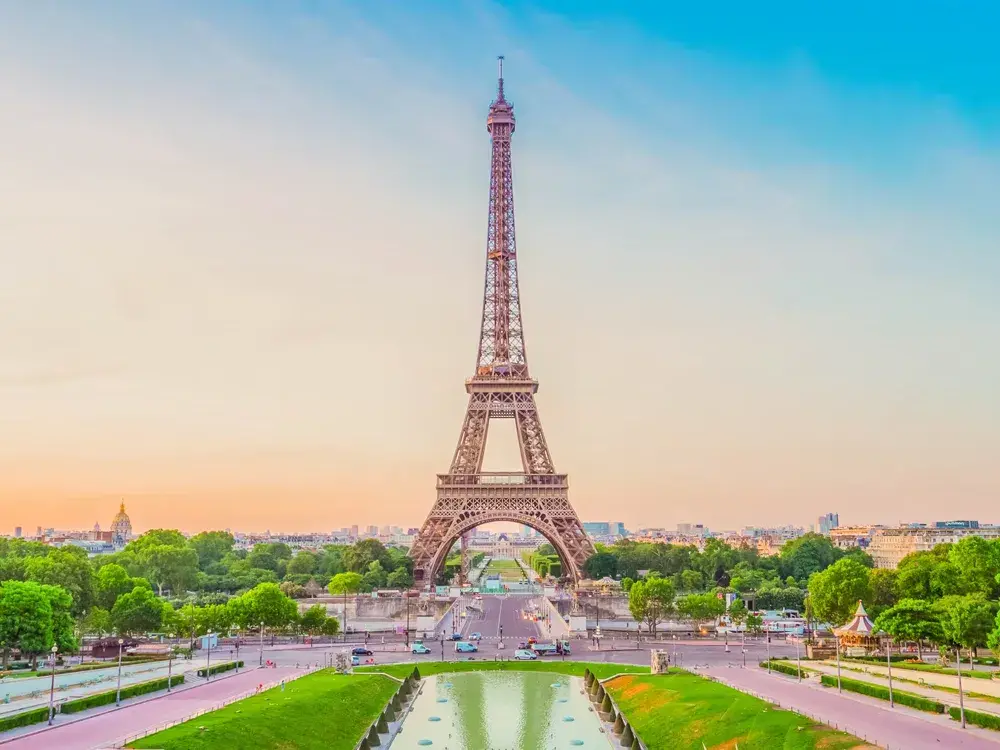








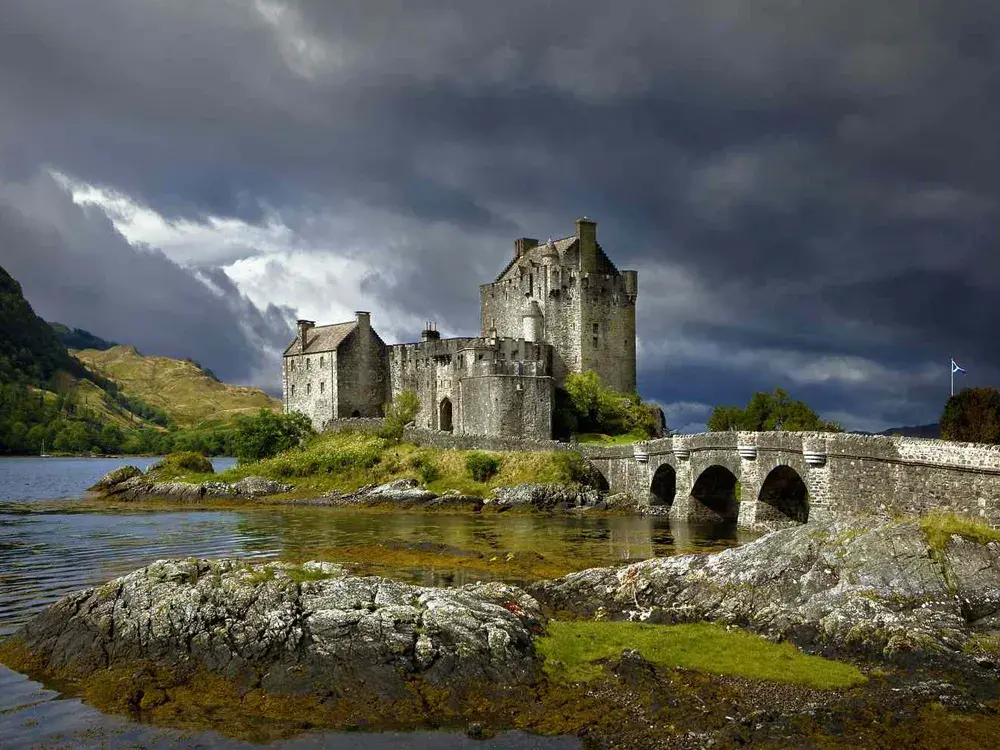

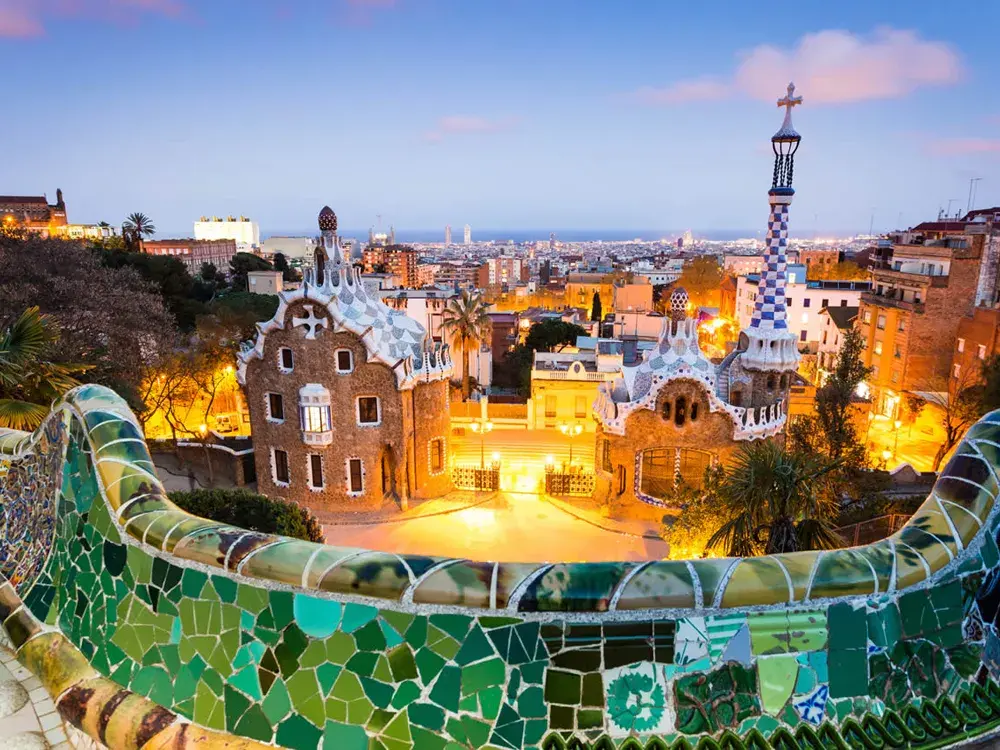



.webp)




